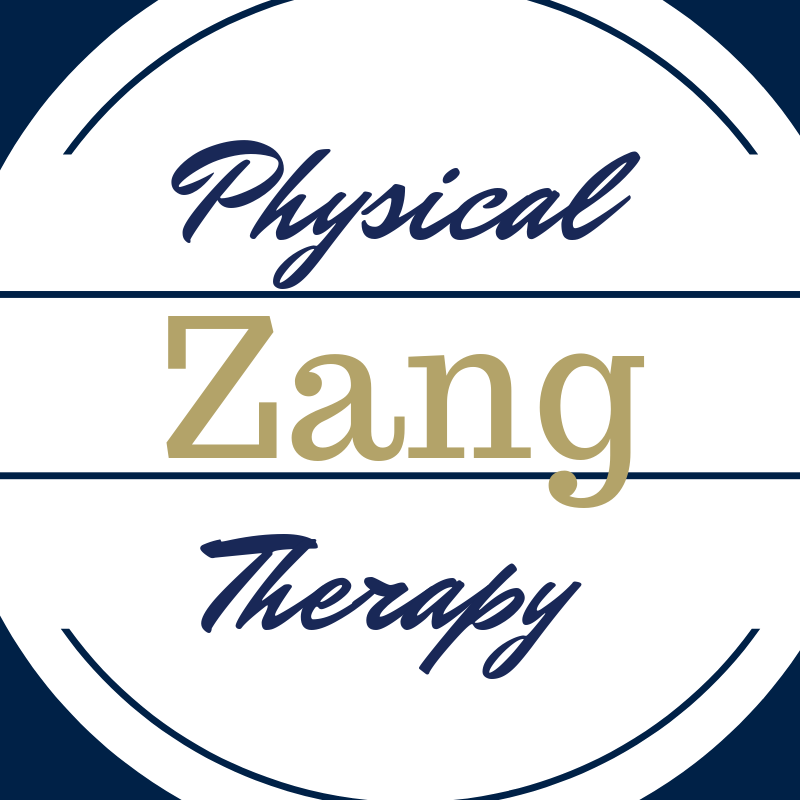If you live long enough, you will likely get arthritis in one or many joints. Arthritis is simply a condition that involves age-related changes to the joints. Think about arthritis like wrinkles on the inside. A genetic link may exist, but does not have to be inevitable. I hear this comment too often, which is not good. It appears people are just resigned to dealing with it (pain or loss of function).
There are various stages of this condition (early to late stage). There are several different clinical criteria to stage or classify arthritis. And there are different scales to quantify based on x-rays. Even so, these stages or criteria do not truly paint a picture of how one lives with arthritis on a daily basis.
One may experience morning stiffness, generalized aches/pains, creaking joints, decreased strength, loss of motion, or worst of all FUNCTION. Inactivity is actually the worst thing one can do. This will only result in further restriction of joint range of motion and atrophy/weakness of muscles.
How does losing motion and strength impact function? Most people need at least 110 degrees of knee flexion to walk up/down steps normally. If you have less than this, the task may become more difficult. Missing knee extension? Try walking around with your knees bent all day. You spend significantly more energy trying to walk like this than “normally.” If you are losing quadriceps (thigh) strength, activities such as getting out of a chair without using your hands to help or walking down steps may become more difficult. This muscle is hugely important for many typical daily functions. Studies report strength declines a minimum of 1-2% per year over the age of 50 unless one does something to prevent loss. Time to do exercise your muscles to not lose further strength.
Arthritis issues are not going away, but they do not have to be permanently debilitating. My recommendation is to not shrug off your doctor’s comment that “it is just arthritis, and deal with it.” Medication is not a solution to the problem. All it takes is for you to have a positive active approach. That plus some help from a qualified health professional to move you in the right direction. As a physical therapist, my advice is your first step is to consult someone like me to you help customize a program for you. Then, take what you are shown and continue on your own or enlist the help of a trainer to take the basic concepts and help you build upon it.
My goal is to teach people how to remain healthy, active and independent. Also, looking to reduce the amount of medication, injections and surgeries people undergo. Do not lose your independence due to arthritis.
